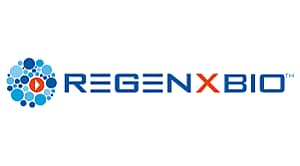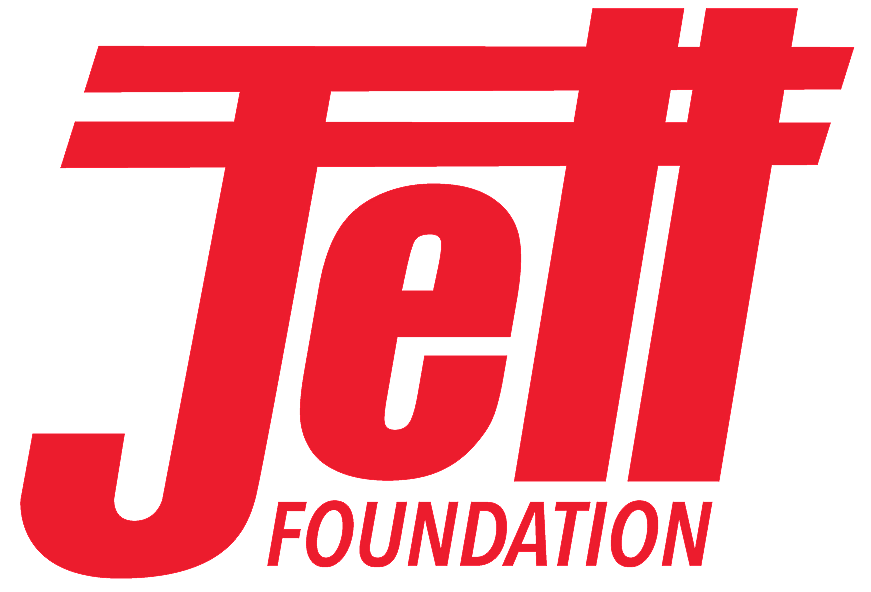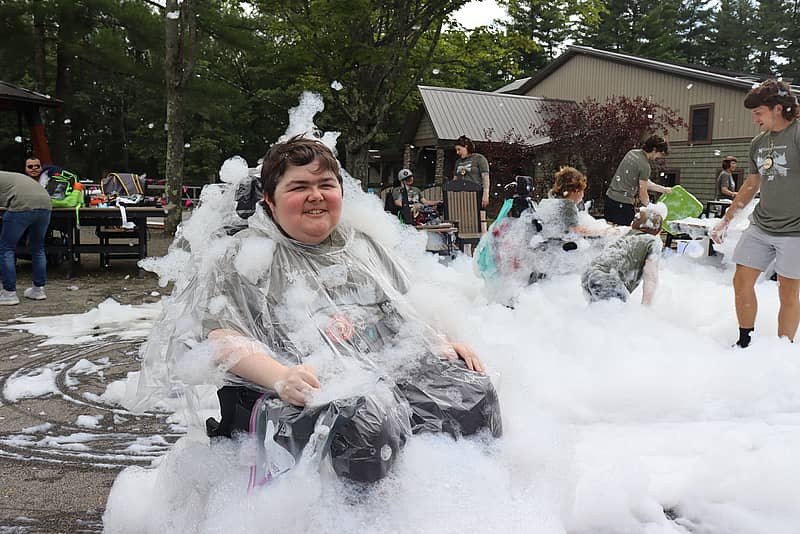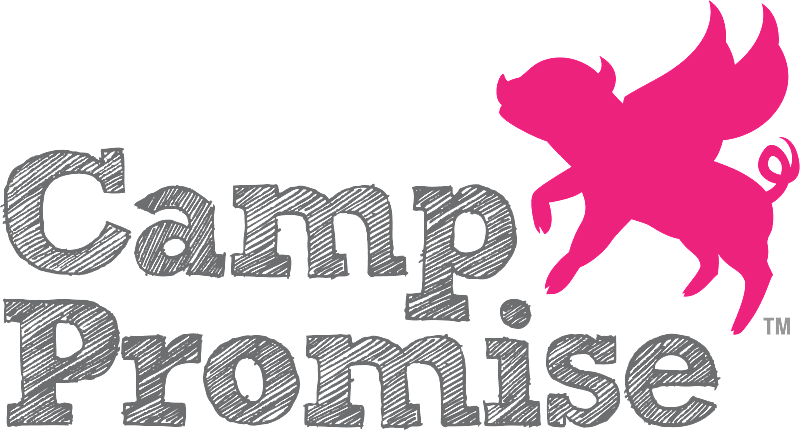On May 4, 2022, REGENXBIO issued a press release ahead of its First Quarter 2022 financial results. The release announces a delay in dosing of the first patient in the Phase I/II AFFINITY DUCHENNE trial, to first half 2023.

Read their full press release below.
May 4, 2022 at 4:05 PM EDT
ROCKVILLE, Md., May 4, 2022 /PRNewswire/ —
- Continues to advance RGX-314 program for the treatment of wet AMD and diabetic retinopathy; remains on track for first BLA filing in 2024
- Enrollment ongoing in the pivotal ATMOSPHERE™ and ASCENT™ clinical trials of RGX-314 for the treatment of wet AMD using subretinal delivery
- Enrollment ongoing in AAVIATE® trial of RGX-314 for the treatment of wet AMD using suprachoroidal delivery
- Enrollment complete in ALTITUDE™ trial of RGX-314 for the treatment of diabetic retinopathy using suprachoroidal delivery
- Today announced update on initiation of AFFINITY DUCHENNE™ trial of RGX-202 for the treatment of Duchenne
- Continues plans for expanded enrollment of RGX-121 and RGX-111 clinical trials for the treatment of MPS II and MPS I, respectively
- In-house cGMP manufacturing facility is operational, allowing for high-yield manufacturing of AAV Therapeutics up to 2,000L scale
- $765 million in cash, cash equivalents and marketable securities as of March 31, 2022; operational runway into 2025
- Conference call Wednesday, May 4th at 4:30 p.m. ET
REGENXBIO Inc. (Nasdaq: RGNX) today announced financial results for the first quarter ended March 31, 2022, and recent operational highlights.
“We are encouraged by our progress this year as we work to advance the development of our leading AAV Therapeutics pipeline,” said Kenneth T. Mills, President and Chief Executive Officer of REGENXBIO. “As we continue to enroll patients in two pivotal trials, RGX-314 continues to be on track for a 2024 BLA submission. We are collaborating with AbbVie on our subretinal and suprachoroidal trials for the treatment of wet AMD and diabetic retinopathy, as we aim to make a significant impact for the millions of patients suffering from vision loss associated with these retinal diseases.”
Mr. Mills continued: “We remain deeply committed to developing programs for rare diseases. Though we made the difficult decision to delay dosing patients in our RGX-202 trial, we continue to prepare for trial initiation. Plans for the expanded enrollment in our MPS II and MPS I clinical trials continue, and we look forward to sharing further updates on these trials in the second half of the year. Additionally, our state-of-the-art, in-house cGMP manufacturing facility is operational, and will be instrumental in advancing our programs. We look forward to leveraging our strong cash position to achieve our recently announced ‘5x’25’ goal of progressing five AAV Therapeutics from our internal pipeline and licensed programs into pivotal-stage or commercial products by 2025.”
Program Highlights and Milestones
RGX-314: RGX-314 is an investigational one-time AAV Therapeutic being developed in collaboration with AbbVie for the treatment of wet age-related macular degeneration (wet AMD), diabetic retinopathy (DR) and other additional chronic retinal conditions. RGX-314 uses the NAV AAV8 vector to deliver a gene encoding a therapeutic antibody fragment to inhibit vascular endothelial growth factor (VEGF).
- RGX-314 Subretinal Delivery for the Treatment of Wet AMD
- Enrollment is ongoing in ATMOSPHERE™ and ASCENT™, two pivotal clinical trials to evaluate the efficacy and safety of RGX-314 in patients with wet AMD using the subretinal delivery approach. The ASCENT trial is the first trial to be initiated by REGENXBIO under the eye care collaboration with AbbVie.
- Pivotal trials are expected to support Biologics Licensing Application (BLA) submission for RGX-314 in 2024.
- RGX-314 Suprachoroidal Delivery for the Treatment of Wet AMD
- Enrollment is expected to be complete in the Phase II AAVIATE® trial of RGX-314 for the treatment of wet AMD in the first half of 2022. Cohorts 4 and 5 are evaluating RGX-314 at a third dose level of 1×1012 genomic copies per eye (GC/eye). Cohort 5 is evaluating RGX-314 in patients who are neutralizing antibody (NAb) positive. As in previous cohorts, patients will not receive prophylactic immune suppressive corticosteroid therapy before or after administration of RGX-314.
- RGX-314 Suprachoroidal Delivery for the Treatment of DR
- Enrollment is complete in the Phase II ALTITUDE™ trial for the treatment of DR. Cohorts 2 and 3 are evaluating RGX-314 at an increased dose level of 5×1011 GC/eye, with Cohort 3 evaluating RGX-314 in patients who are NAb positive. As in Cohort 1, patients did not receive prophylactic immune suppressive corticosteroid therapy before or after administration of RGX-314.
- In February 2022, REGENXBIO presented positive interim data from the ALTITUDE trial at the 2022 Angiogenesis, Exudation, and Degeneration conference.
- As of January 18, 2022, suprachoroidal delivery of RGX-314 continued to be well tolerated in the 15 patients dosed with RGX-314 in Cohort 1, with no drug-related serious adverse events (SAEs), and no intraocular inflammation observed.
- Of the patients dosed with RGX-314 in Cohort 1, 47% demonstrated a two-step or greater improvement from baseline on the Early Treatment Diabetic Retinopathy Study-Diabetic Retinopathy Severity Scale (ETDRS-DRSS) at six months, compared to 0% in the observational control group. One patient (7%) dosed with RGX-314 continued to demonstrate a four-step improvement. The percentage of Cohort 1 patients dosed with RGX-314 achieving at least two-step improvement at six months in RGX-314 treated eyes (47%) increased from the previously reported three-month results (33%).
RGX-202: RGX-202 is an investigational one-time AAV Therapeutic for the treatment of Duchenne Muscular Dystrophy (Duchenne), using the NAV AAV8 vector to deliver a transgene for a novel microdystrophin that includes the functional elements of the C-Terminal (CT) domain as well as a muscle specific promoter to support a targeted therapy for improved resistance to muscle damage associated with Duchenne.
- REGENXBIO today announced that it has taken proactive measures that will result in the delayed dosing of the first patient in the Phase I/II AFFINITY DUCHENNE™ trial due to an unexpected observation in the final stages of manufacturing at one of its third-party manufacturers.
- Work preparing for the AFFINITY DUCHENNE trial initiation continues, including readying clinical trial sites and manufacturing additional clinical supply for the upcoming trial; REGENXBIO anticipates dosing the first patient in this trial in the first half of 2023.
RGX-121: RGX-121 is an investigational one-time AAV Therapeutic for the treatment of Mucopolysaccharidosis Type II (MPS II), also known as Hunter Syndrome, using the NAV AAV9 vector to deliver the gene that encodes the iduronate-2-sulfatase (I2S) enzyme.
- In February 2022, REGENXBIO announced new data from the Phase I/II trial of RGX-121 for the treatment of MPS II in children four months to five years old at the 18th Annual WORLDSymposium.
- As of December 20, 2021, RGX-121 continued to be well-tolerated with no drug-related SAEs across three dose levels. Preliminary results indicated dose-dependent reductions in key cerebrospinal fluid biomarkers, with patients in Cohort 3 approaching normal levels of the D2S6 biomarker.
- Measures of neurodevelopmental function from patients in Cohorts 1 and 2 demonstrated continued developmental skill acquisition up to 2 years after RGX-121 administration.
- Evidence of systemic enzyme expression and biomarker activity continued to be observed.
- REGENXBIO continues with plans for enrollment in the Cohort 3 expansion arm of the Phase I/II trial using commercial-scale cGMP material.
- The Phase I/II trial of RGX-121 for the treatment of pediatric patients with MPS II over the age of five years old is also ongoing.
RGX-111: RGX-111 is an investigational one-time AAV Therapeutic for the treatment of severe Mucopolysaccharidosis Type I (MPS I), using the NAV AAV9 vector to deliver the α-l-iduronidase (IDUA) gene.
- In February 2022, REGENXBIO announced new interim data from the Phase I/II trial and the single-patient IND of RGX-111 at the 18th Annual WORLDSymposium.
- As of December 20, 2021, RGX-111 was well tolerated across two dose levels in the Phase I/II trial and in the single-patient IND, with no drug-related SAEs.
- Biomarker and neurodevelopmental assessments indicated encouraging central nervous system profile in patients dosed with RGX-111, with emerging evidence of systemic biomarker activity observed.
- REGENXBIO continues with plans for enrollment in the Cohort 2 expansion arm of the Phase I/II trial.
Operational Updates
- Launched “5x’25” strategy that will provide a clear and definable plan to advance five AAV Therapeutics from our internal pipeline and licensed programs into pivotal stage trials or commercial products by 2025.
- Current Good Manufacturing Practice (cGMP) Manufacturing Facility
- REGENXBIO’s cGMP facility is operational, allowing for high-yield production of NAV vectors at scales up to 2,000 liters using REGENXBIO’s platform suspension cell culture process.
NAV Technology Licensee Program Highlights
As of March 31, 2022, REGENXBIO’s NAV® Technology Platform was being applied in one marketed product and multiple clinical stage partnered programs, with the potential to impact a broad range of therapeutic areas and disease indications.
- Zolgensma®, a one-time AAV Therapeutic for the treatment of spinal muscular atrophy (SMA), is a marketed product utilizing REGENXBIO’s NAV AAV9 vector.
- In March 2022, Novartis announced that the completed Phase 3 SPR1NT study demonstrated that children with SMA who were treated with Zolgensma presymptomatically achieved age-appropriate motor milestones, including standing and walking.
- In April 2022, Novartis reported first quarter global sales of Zolgensma of $363 million (>2,000 patients dosed).
- In February 2022, Astellas announced positive interim safety data from FORTIS, the Phase I/II clinical trial evaluating AT845 in adults with Late-Onset Pompe Disease. AT845 is being developed as a one-time gene therapy utilizing REGENXBIO’s NAV AAV8 vector.
Financial Results
Cash Position: Cash, cash equivalents and marketable securities were $764.8 million as of March 31, 2022, compared to $849.3 million as of December 31, 2021. The decrease was primarily attributable cash used to fund operating activities and capital expenditures and temporary unrealized losses on marketable debt securities during the quarter ended March 31, 2022.
Revenues: Revenues were $22.2 million for the three months ended March 31, 2022, compared to $18.9 million for the three months ended March 31, 2021. The increase was primarily attributable to Zolgensma royalty revenues, which increased by $3.3 million, from $18.3 million for the first quarter of 2021 to $21.5 million for the first quarter of 2022. As reported by Novartis, sales of Zolgensma for the first quarter of 2022 increased by 14% as compared to the first quarter of 2021, driven by geographic expansion of product access.
Research and Development Expenses: Research and development expenses were $55.6 million for the three months ended March 31, 2022, compared to $39.7 million for the three months ended March 31, 2021. The increase was primarily attributable to personnel costs as a result of increased headcount, and costs associated with clinical trials and manufacturing-related activities for our lead product candidates.
General and Administrative Expenses: General and administrative expenses were $22.3 million for the three months ended March 31, 2022, compared to $17.8 million for the three months ended March 31, 2021. The increase was primarily attributable to personnel costs as a result of increased headcount and professional fees for advisory and other services.
Net Loss: Net loss was $76.7 million, or $1.79 basic and diluted net loss per share, for the three months ended March 31, 2022, compared to a net loss of $50.1 million, or $1.20 basic and diluted net loss per share, for the three months ended March 31, 2021. Net loss for the first quarter of 2022 includes a non-recurring charge of $9.2 million recorded as cost of revenues related to the amendment of our license agreement with The Trustees of the University of Pennsylvania.
Financial Guidance
Based on its current operating plan, REGENXBIO expects its balance in cash, cash equivalents and marketable securities of $764.8 million as of March 31, 2022 to fund its operations into 2025.
Conference Call
In connection with this announcement, REGENXBIO will host a conference call and webcast today at 4:30 p.m. ET. To access the live call by phone, dial (855) 422-8964 (domestic) or (210) 229-8819 (international) and enter the passcode 5581898. To access a live or recorded webcast of the call, please visit the “Investors” section of the REGENXBIO website at www.regenxbio.com. The recorded webcast will be available for approximately 30 days following the call.
About REGENXBIO Inc.
REGENXBIO is a leading clinical-stage biotechnology company seeking to improve lives through the curative potential of gene therapy. REGENXBIO’s NAV Technology Platform, a proprietary adeno-associated virus (AAV) gene delivery platform, consists of exclusive rights to more than 100 novel AAV vectors, including AAV7, AAV8, AAV9 and AAVrh10. REGENXBIO and its third-party NAV Technology Platform Licensees are applying the NAV Technology Platform in the development of a broad pipeline of candidates, including late-stage and commercial programs, in multiple therapeutic areas. REGENXBIO is committed to a “5x’25” strategy to progress five AAV Therapeutics from our internal pipeline and licensed programs into pivotal-stage trials or commercial products by 2025.
Forward-Looking Statements
This press release includes “forward-looking statements,” within the meaning of Section 27A of the Securities Act of 1933, as amended, and Section 21E of the Securities Exchange Act of 1934, as amended. These statements express a belief, expectation or intention and are generally accompanied by words that convey projected future events or outcomes such as “believe,” “may,” “will,” “estimate,” “continue,” “anticipate,” “assume,” “design,” “intend,” “expect,” “could,” “plan,” “potential,” “predict,” “seek,” “should,” “would” or by variations of such words or by similar expressions. The forward-looking statements include statements relating to, among other things, REGENXBIO’s future operations and clinical trials. REGENXBIO has based these forward-looking statements on its current expectations and assumptions and analyses made by REGENXBIO in light of its experience and its perception of historical trends, current conditions and expected future developments, as well as other factors REGENXBIO believes are appropriate under the circumstances. However, whether actual results and developments will conform with REGENXBIO’s expectations and predictions is subject to a number of risks and uncertainties, including the timing of enrollment, commencement and completion and the success of clinical trials conducted by REGENXBIO, its licensees and its partners, the timing of commencement and completion and the success of preclinical studies conducted by REGENXBIO and its development partners, the timely development and launch of new products, the ability to obtain and maintain regulatory approval of product candidates, the ability to obtain and maintain intellectual property protection for product candidates and technology, trends and challenges in the business and markets in which REGENXBIO operates, the size and growth of potential markets for product candidates and the ability to serve those markets, the rate and degree of acceptance of product candidates, the impact of the COVID-19 pandemic or similar public health crises on REGENXBIO’s business, and other factors, many of which are beyond the control of REGENXBIO. Refer to the “Risk Factors” and “Management’s Discussion and Analysis of Financial Condition and Results of Operations” sections of REGENXBIO’s Annual Report on Form 10-K for the year ended December 31, 2021, and comparable “risk factors” sections of REGENXBIO’s Quarterly Reports on Form 10-Q and other filings, which have been filed with the U.S. Securities and Exchange Commission (SEC) and are available on the SEC’s website at www.sec.gov. All of the forward-looking statements made in this press release are expressly qualified by the cautionary statements contained or referred to herein. The actual results or developments anticipated may not be realized or, even if substantially realized, they may not have the expected consequences to or effects on REGENXBIO or its businesses or operations. Such statements are not guarantees of future performance and actual results or developments may differ materially from those projected in the forward-looking statements. Readers are cautioned not to rely too heavily on the forward-looking statements contained in this press release. These forward-looking statements speak only as of the date of this press release. Except as required by law, REGENXBIO does not undertake any obligation, and specifically declines any obligation, to update or revise any forward-looking statements, whether as a result of new information, future events or otherwise.






